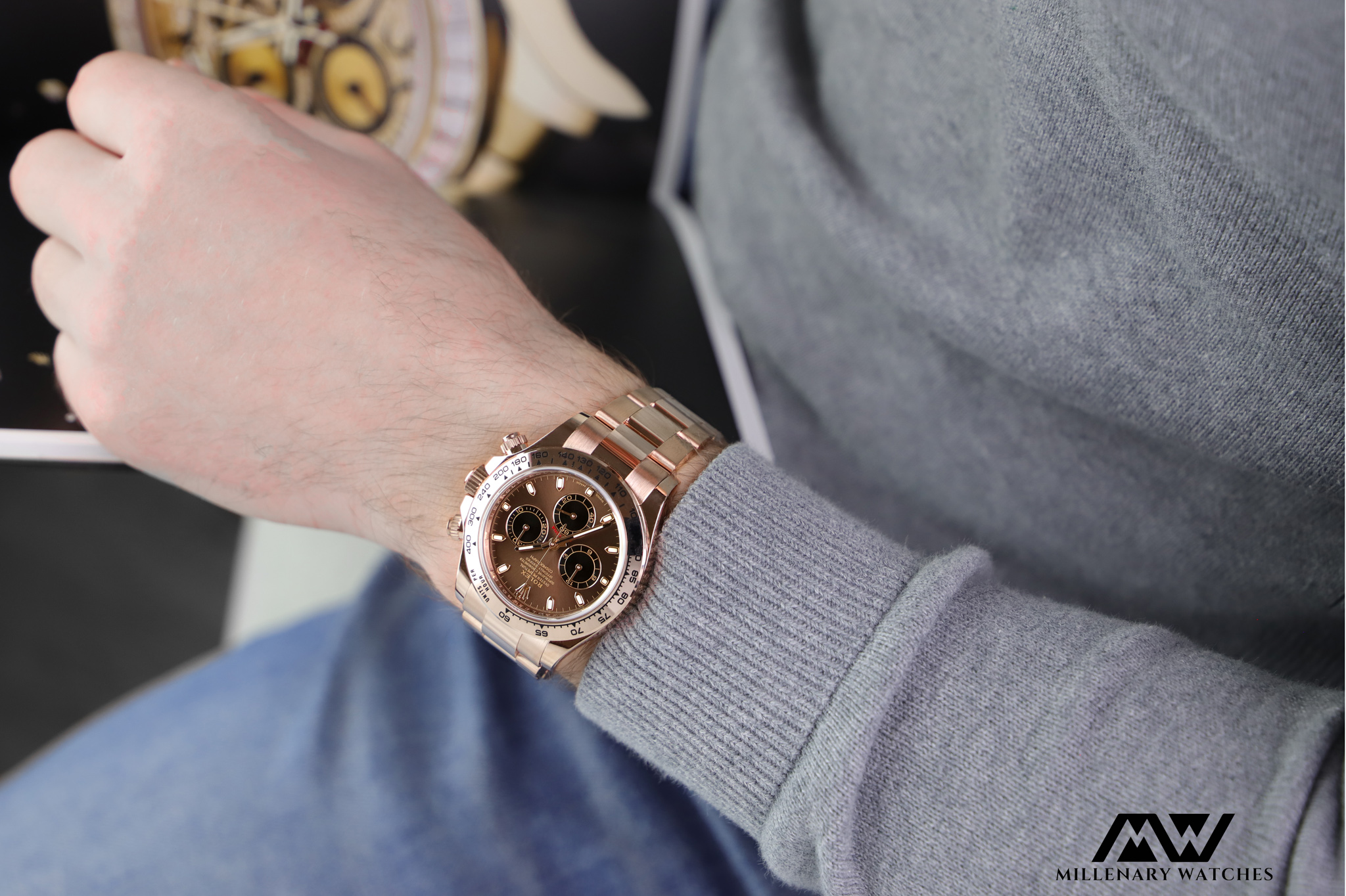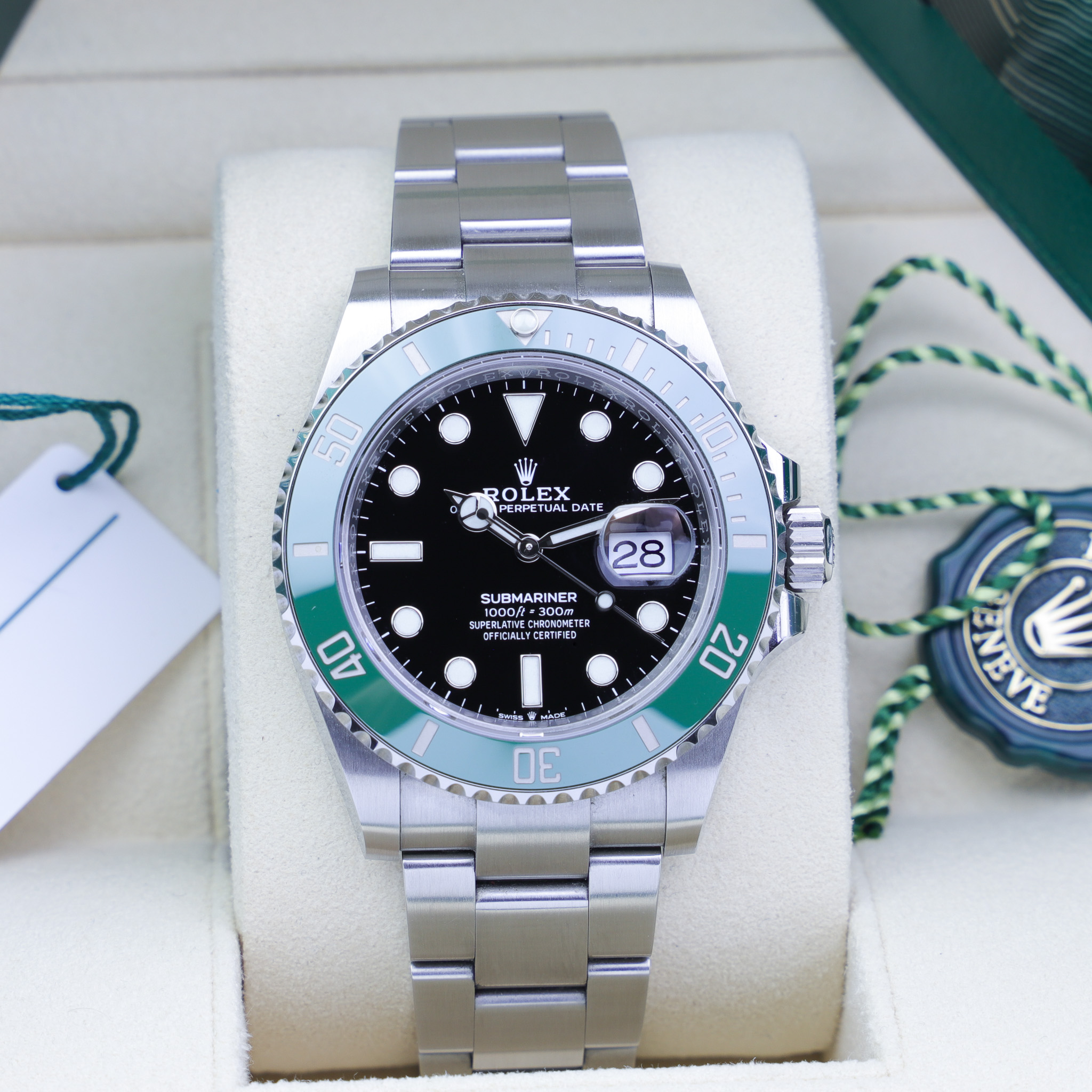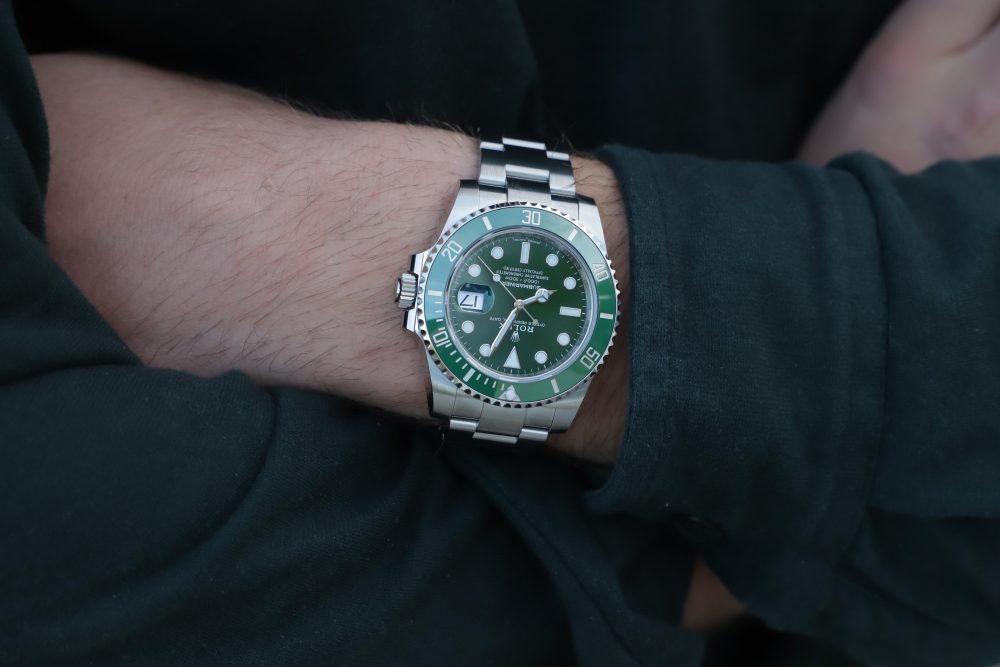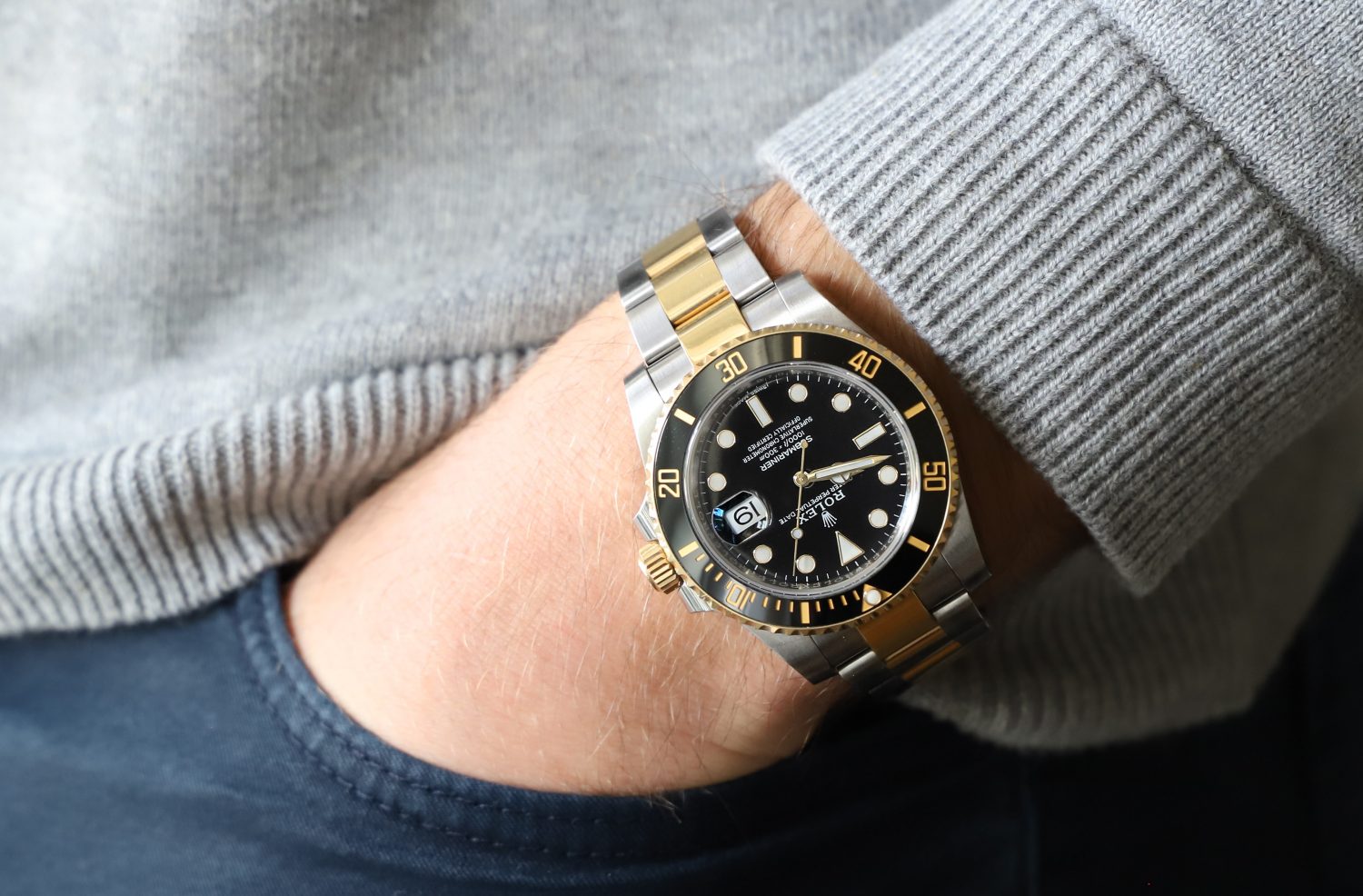
Should You Wear a Smartwatch or a Traditional Watch?
We’ve learned to interact with one another, work, study, buy, sell, and have fun with technology as the world has become entirely digital. Now with the technology, we can write an essay using different grammar and plagiarism checking tools or simply order it from the “write my paper for me” services instead of wasting our time on it. The recent introduction of smartwatches even extends to our technology. There are now so many options available that you could try to decide which to choose. In that case, this piece is perfect for you.
What is a traditional watch?
The actual ancestor of timekeeping, which has existed since the 1500s and is still in use today, is the traditional watch. Different types of technology are used to power timepieces, including mechanical, electronic, and hybrid systems.
However, traditional timepieces are different from smartwatches in that they do not need to be connected to a network to communicate information that directly impacts us (such as emails and alerts tailored to us). They act as a sort of entryway into the metaverse, as it is currently called.
Conventional wristwatches still include non-electronic types like radio-controlled timepieces connected to communication networks to exchange data for time-setting.

What is a smartwatch?
In contrast, a smartwatch is a gadget that we wear on our wrists and link to the internet via some systems to send and receive messages and notifications that are specific to our needs. When a standard smartwatch is connected to a smartphone, we may utilize all of its features, which go far beyond those of a traditional watch.
The word “smart” serves as the true differentiator. Through its functions, the wristwatch acts as a tool for independently interacting with the digital environment around us.
Will smartwatches replace conventional timepieces?
One of the most divisive online debates is this one. The two sides engage in an endless debate about which of the two is better without comprehending that the two items were bought for entirely different purposes and cannot be compared side by side.
Some fans of smartwatches claim that these devices are more functional than traditional timepieces, more accurate, and less expensive. This is true. These characteristics were also included in quartz watches developed in the 1970s, so why are old-fashioned mechanical watches still in use today?
Simply put, a classic watch is much more than just a timepiece. It is the response. It becomes clear that a product no longer only fulfills a functional requirement but expresses a particular style decision when it succeeds in moving beyond its original goal of symbolizing time and into the expression domain.
The classic watch has always been a valuable tool with various symbolic meanings: It was a symbol of social class and an expression of the personality of its wearer. And even now, long after its primary purpose of as accurately telling us of the time as possible has been surpassed, its use as a fashion item is still appropriate.
The smartwatch lacks the emotional function of a traditional watch, so it will never be able to replace it, even if watches can be both functional and fashion statements.
Therefore, even if other variables are considered, smartwatches will never be able to completely replace the classic watch since they are inherently transitory products of technical advancement. Smartwatches will eventually become outdated, like with the telegraph, gramophone, audio and videotapes, and their players, as technology advances to something new. They will undoubtedly be remembered fondly by our grandchildren in the future.
Although they are outmoded and inaccurate, some ornamental items like traditional clocks and jewelry will continue to be a part of people’s daily lives in their unique ways.

Differences between a traditional watch and a smartwatch
Let’s examine the traits, shortcomings, benefits, and drawbacks of these two categories of time-measuring instruments to determine their parallels and contrasts.
This allows us to understand them better and create a more realistic picture of how the smartwatch phenomenon has affected the watch market.
1 – Longevity and durability
Smartwatches are “continuous cycle” devices, even if some use solar power. Traditional watches fare better in this area than smartwatches. Smartwatches can last a few weeks when not used, whereas automatic timepieces typically have a battery life of two to three days. Smartwatches require frequent charging because they use a lot of electricity while in use.
But as time goes on, there is an issue with this technology. These technical devices are not made to last; just like our smartphones, they require an accumulator to operating, and just like our smartphones, their “operational life” has a limit. A smartwatch is frequently only used for two to three years before being replaced by a newer model with superior technical features due to the natural obsolescence of models.
Whether quartz or mechanical, a traditional wristwatch has no expiration date; its durability or longevity is typically almost infinite (unless something breaks). An average watch will operate the same way it did ten years ago for another ten. Due to its rarity, it could increase in value.
2 – Precision
Mechanical watches don’t benefit from precision as a quality. The accuracy of the best automatic watches, or “Superlative Chronometer” performance, is measured in a few seconds each day. Due to the built-in precision of electronic timepieces like smartphones and quartz watches, which are frequently less expensive, such devices are at a disadvantage.
Smartwatches and conventional electronic timepieces are equally competitive. Naturally, smartwatches offer the advantage of total time control due to their automated synchronization with atomic reference clocks. However, the performance is highly comparable to the newest quartz watches, such as the Bulova Precisionist technology, which is credited with an accuracy of ten seconds each year.
3 – Price
While classic timepieces can cost anything from a few dollars to millions of dollars, smartwatch prices have fallen to comparable levels of smartphones. To understand why watches are so expensive, it is essential to remember that they can also be reasonably affordable without sacrificing quality.
According to the best essay writing service statistics, sales of smartwatches are primarily concentrated in the traditional watch market’s most competitive segments, which are occupied by “fashion watches”—timepieces that don’t adhere to the standards of durability but instead follow the trends of “fast fashion,” which offers incredibly stylish but disposable clothing and accessories.
This suggests that “real” collector’s timepieces, which are still in high demand, are not impacted much by the primary battle between conventional watches and smartwatches. Overall, mid to higher-end classical timepieces built to last are more expensive than smartwatches.

4 – Style and Design
Since they must have a large screen to make use easier, smartwatches are often sleek and minimalist. The software allows you to download a range of alternative user interfaces inspired by well-known clocks, giving your smartwatch a new look whenever you want. This aspect of the smartwatch makes it humorous and versatile.
On the other hand, traditional timepieces have a distinct, well-defined appearance that can only be altered by switching out the strap. Even though their appearance is unavoidably transient, this feature makes smartwatches significantly more adaptable than conventional watches. However, dressing a Nautilus for lunch and a Daytona for dinner won’t cost you a fortune.
5 – Technology
Unquestionably, a smartwatch uses cutting-edge electronic technologies. The identical smartwatch won’t be relevant in two years due to the dizzying pace at which technology is developing to stay up with the constantly evolving state of the art. On the other hand, conventional watchmaking has remained substantially untouched since 1650, although continuing to undergo significant modifications. In a method that seemed to have reached its limit, the discovery of previously unfathomable new materials and procedures opens up exciting new worlds for us to explore.
For instance, new silicon-based technologies and components are revolutionizing the mechanical watch industry. We want to mention Zenith’s Defy Lab system, which replaces the entire pallet and balance mechanism (saving about 30 different parts) and vibrates at 15 Hz instead of 4 Hz in conventional mechanical watches. This system is based on a large oscillator printed in monocrystalline silicon.
6 – Fashions and personality
According to the observations of the best writing services researchers, similar to a haircut, a pair of shoes, a tattoo, or any other object we might wear in our social life, a watch is now worn on the wrist and acts as a source of curiosity for its design and appearance. First impressions are formed by how we present ourselves to others and the message we convey through our behavior. Think about the difference between someone wearing a dive watch and a dress watch. They may be equally expensive, yet they give pretty different messages.
What it means to wear a watch vs. a smartwatch is tough to describe, given the significant differences between these elements. Traditional timepieces and smartwatches are more examples of this topic. Others are blatantly steampunk, while classic timepieces with intricate mechanics put any smartwatch to shame. In a nutshell, this field does not have any absolute norms.
Our attention to detail and desire to use a timepiece is already evident in our choice to wear a wristwatch. Most of the time, a decision is made with little thought for exhibiting an object and is chosen for personal delight.
Main conclusions
Wearing watches and smartwatches is a supplement rather than a replacement because watches can’t do everything a basic smartwatch can, like keeping track of one’s health.
Additionally, the wristwatch lets you consolidate some of your phone’s features onto a more compact and portable device, providing greater convenience. On the other hand, traditional clocks have a lot of theatrical flairs. It shows a valuable object that endures over time and leaves a lasting impression on people.
It won’t be the end of the world if you add a smartwatch to your collection of watches. They are two different things that go nicely together. Since we have two wrists, why not utilize them to their full potential?




